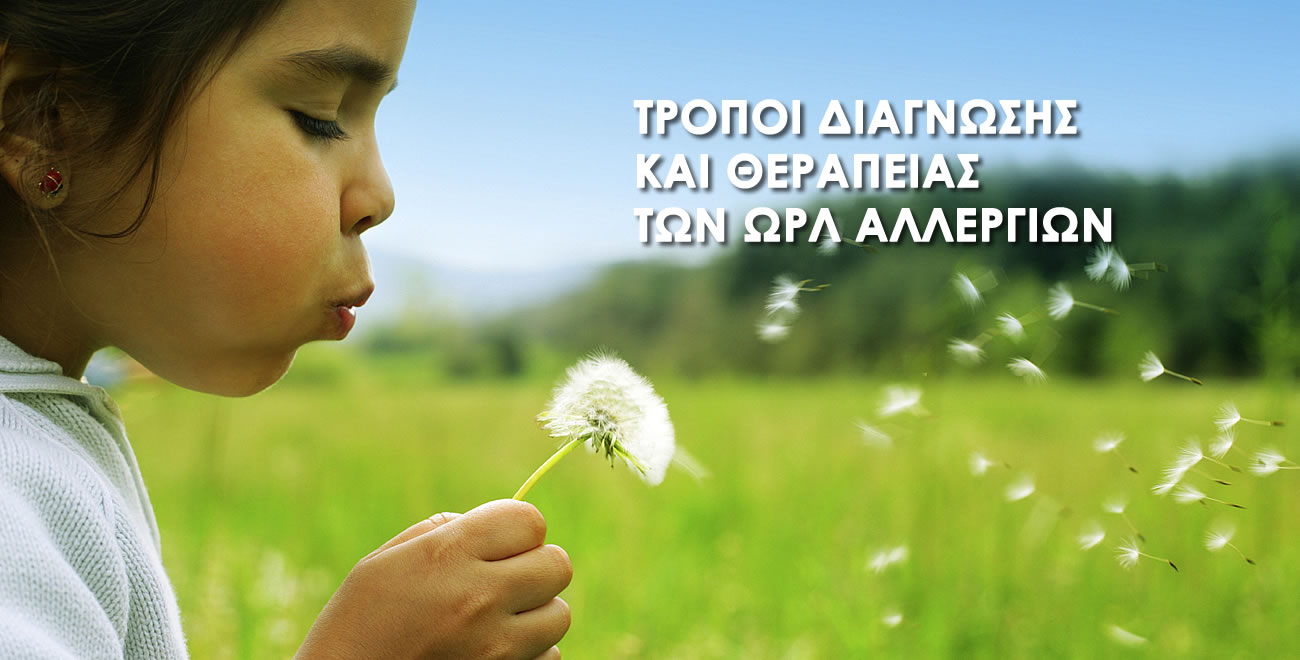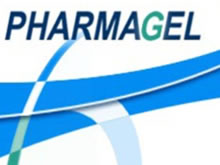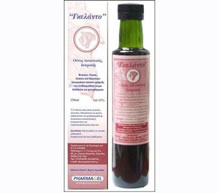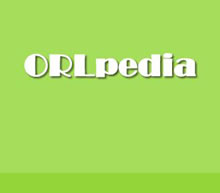
Λεξικό .. Allergic rhinitis treatment in the child
Allergic rhinitis treatment in the child
Allergic rhinitis is the most common atopic disease with an estimated prevalence of 15 to 20 percent of the population. The symptoms of allergic rhinitis impact significantly on the quality of the patient's life and result in million of days of compromised activity. Oprtimal management requires education of the patient with allergic rhinitis as to the pathophysiology of the disease and the various therapeutic modalities.
Avoidance of precipitants is the second principle of treatment. Environmental controls to decrease exposure to such allergens as animal danders, dust mites, molds and pollens are important.
There are four commonly used pharmacotherapies.
Antihistamines are generally most effective when they are taken routinely rather than sporadically, since receptors sites can be blocked before histamine is released. Certain medications with H1 receptor antagonist activity also inhibit mediator release, reduce eosinophil migration and have anticholinergic effects that further benefit. Sedation, the most common troublesome adverse effect associated with this class of drugs can be minimized by prescribing agents such as astemizole, cetirizine, loratadine and terfenadine.
Decongestants reduce mucosal edema by vasoconstriction. Topical agents are very effective. However, if used in a prolonged manner, they can cause rhinitis medicamentosa. Oral decongestants are available as single-entity preparations or combined with antihistamines. The combination drugs are more effective in the management of allergic rhinitis than either component alone.
Intranasal cromolyn spray inhibits the immunologic release of chemical mediators from mast cells. This reduces both the early and late phase reactions associated with allergic rhinitis.
The highly potent, topically active and rapidly metabolized corticosteroid sprays such as beclomethasone, flunisolide, triamcinolone and budesonide reduce nasal inflammation. They decrease the symptoms of itching, sneezing, rhinorrhea and congestion seen with allergic rhinitis. The safety of their long term use in children requires further study[1].
Immunotherapy is a fourth management measure and is indicated for seasonal or perennial allergic rhinitis. Sublingual-specific immunotherapy (SLIT) is considered as a valid treatment of respiratory allergies. However, there are few data on large sample size regarding its clinical role in 'real life' in term of reduction of symptoms, rescue medications and prevention of asthma in patients suffering from allergic rhinitis (AR) especially in children. The EFESO trial shows that a 2-yr once daily SLIT treatment in children with intermittent or persistent AR is associated with lower symptom and medication scores in comparison with subjects treated with symptomatic drugs only[2].
1. Meltzer, E.O.: Diagnosis and treatment of allergic rhinitis in the child. In: Management of the Allergic Child and Adolescent. Satellite Symposium, Schering Plough Int., XVth Congress of the EAACI, Paris,
May 12, 1992.
2. , Agostinis F, Castella V, Kantar A, Novembre E, Perrone MR, Pietrasanta M, Sambugaro R, Milani M. Efficacy of sublingual specific immunotherapy in intermittent and persistent allergic rhinitis in children: an observational case-control study on 171 patients. The EFESO-children Multicenter Trial. Pediatr Allergy Immunol. 2009 Mar 23.
Γκέλης Ν.Δ. - Λεξικό Αλλεργίας - Εκδόσεις ΒΕΛΛΕΡOΦΟΝΤΗΣ - Κόρινθος 2013
Gelis Ν.D. - Dictionary of Allergies - VELLEROFONTIS Publications - Corinth 2013




